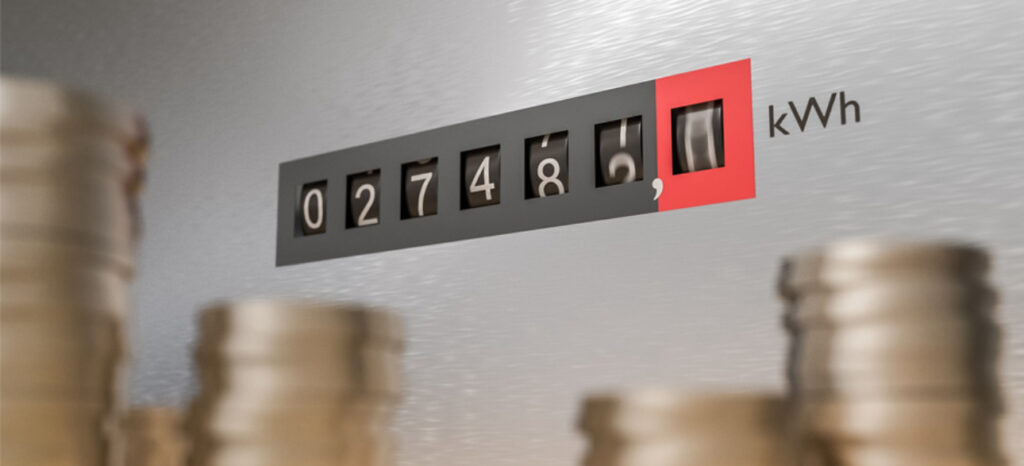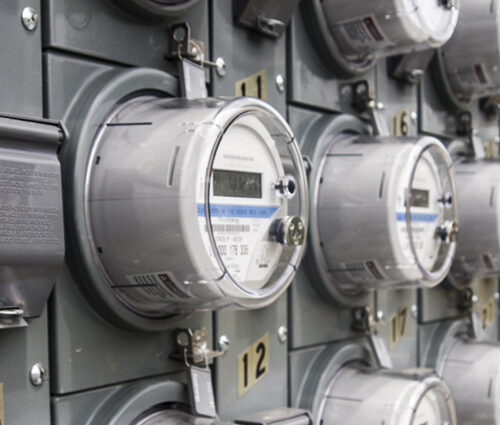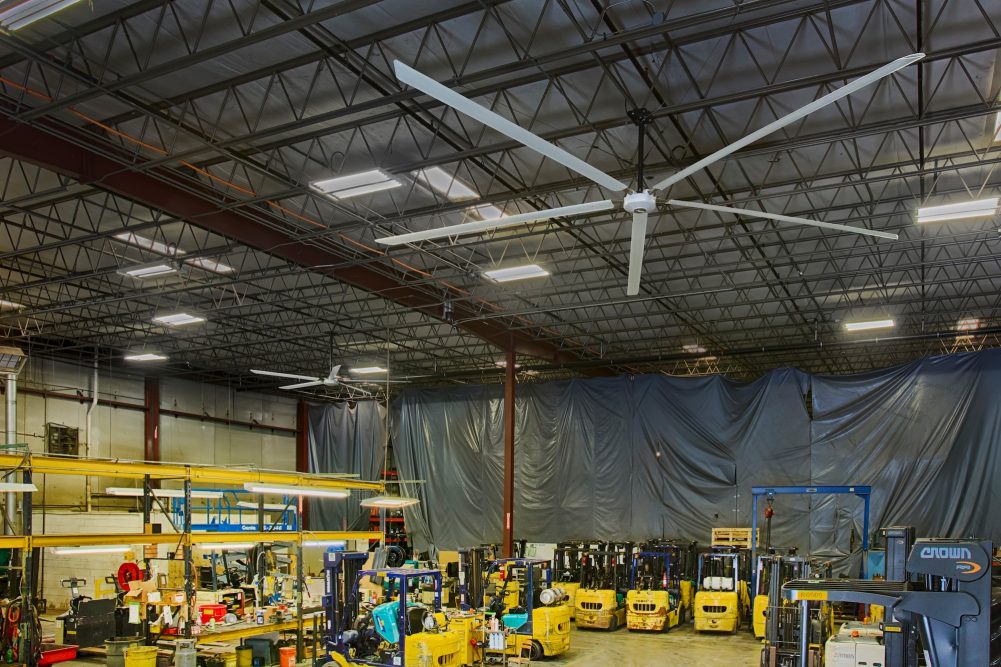
When it comes to U.S. commercial building energy consumption, did you know:
- According to the U.S. Department of Energy’s National Renewable Energy Laboratory (NREL), buildings account for 70% of total electricity use, which is approximately 40% of total U.S. energy consumption, and around 30% of operational greenhouse gases (GHGs).
- The U.S. Environmental Protection Agency (EPA) reports that, on average, commercial buildings waste 30% of total energy used.
- The U.S. Energy Information Administration (EIA) says the commercial sector consumes an estimated 16,518 trillion BTU annually.
How can commercial buildings reduce energy consumption?
There was a time when facility managers and building owners in the commercial sector relied solely on their monthly utility bill for insight on their energy consumption.
Fortunately, that’s no longer the case. Technological advances like IoT devices, IIoT gateways, and connected building automation systems have resulted in better monitoring, tighter controls, and improved efficiencies.
Just to be clear, in this article we are referring to “commercial sector” according to this definition from the EIA:
An energy-consuming sector that consists of service-providing facilities and equipment of businesses; Federal, State, and local governments; and other private and public organizations, such as religious, social, or fraternal groups. The commercial sector includes institutional living quarters. It also includes sewage treatment facilities.
It should come as no surprise that the per-square-foot cost of electricity is likely to continue to rise as a result of increased demand and grid constraints. While that may sound like bad news, it’s actually an opportunity for smart building owners and managers to step up their game when it comes to energy metering and management.
Building analytics is key to energy efficiency
It’s a fact: You can’t manage what you don’t measure. By harnessing big data, you have the potential make a monumental difference in reducing energy consumption and, consequently, drastically cut energy costs.
Tapping into your building’s analytics can help you more easily identify high usage loads, enabling you to take proactive measures, curtail consumption, and realize ROI quickly. (Trust us, we’ve seen it happen and it’s a good thing—just ask the property managers of the Empire State Building.)
Energy data is king—if you know how to use it
If you’re ready to make a new or renewed commitment to leveraging data to manage your energy consumption and costs, you’re in luck. Here’s a recap of some insights and tips for creating energy savings and sustainability with IoT from this webinar, featuring MSA, Losant, and Measurlogic.
“Meters do not save money. The hardware and software actually cost money. So, the key to deciding which energy savings strategy makes the most sense is data,” says Measurlogic’s John Stratford. “In fact, it’s the data from electrical energy submeters that provides the right information to start saving money.”
If submeters are the answer to saving money on energy costs, what needs to be submetered?
“That depends,” John says. “An easy first step for energy management is to install a single check submeter at the electrical entryway into a building. This will immediately start giving you valuable real-time data that can lead to savings. Otherwise, you’ll be forced to wait until the next utility bill comes in to get this all-important data.”
But—and this is a big but—data is useless unless you’re able to unlock meaningful and relevant insights, which is why within an energy management architecture, the FieldServer edge device is so valuable.
Losant’s Kevin Neimiller explains, “In our use case, what FieldServer does is take data from the edge, sends it via the Cloud to the FieldServer Manager, then pushes the data to the Losant platform where it can be used by energy managers, building owners, tenants, and employees to save energy.”
5 energy-saving tips for a more efficient building
If you have questions about leveraging IoT for energy monitoring, keep reading. Here are some answers to questions that just might change the way you measure and manage energy.
1. How do we know that the data from FieldServer will reach the Cloud?
FieldServer uses standard Ethernet ports and originates the connection inside the firewall. This means there are no specific ports that have to be opened to get data to the Cloud (besides 80 & 443, which are already open). If you need to tunnel back in, that’s a different matter. Ports will need to be opened so you’ll likely want to put security policies in place first.
2. We have a lot of buildings. Do we need more than one FieldServer gateway?
There’s a lot to figure out when it comes to creating the best architecture for your building. In general, if you want granularity from your data, more gateways are a good idea. Having access to critical data when you need it is another good reason to install multiple IIoT gateways.
3. Why isn’t MQTT used between FieldServer and Losant?
HTTPS is used instead of MQTT because FieldServer Manager supports webhooks, which is a quick way to push data immediately to the Losant platform where the data can be visualized in real time. MQTT does the same thing, of course, which is why the FieldServer BACnet gateway supports MQTT.
4. Are there any building analytics that provide data on carbon emissions?
Together with FieldServer, the Losant platform has the ability to associate energy data with CO2. Even better, Losant’s tools and workflow engine enable calculation in real-time. Plus, Losant has resource jobs that can be run once a day or once a month, as needed.
5. How long until we see a return on investment?
Universities that have used FieldServer as part of their energy management solution have realized ROI in as little as 6 months. Other facilities have seen a return on their investment between 8 and 12 months, depending on what type of energy savings strategy they have in place. Although ROI on newer, energy-efficient (LEED) buildings probably won’t be realized as quickly, you could get a quick win with mechanical equipment and lighting while you build out a more robust energy management strategy.






